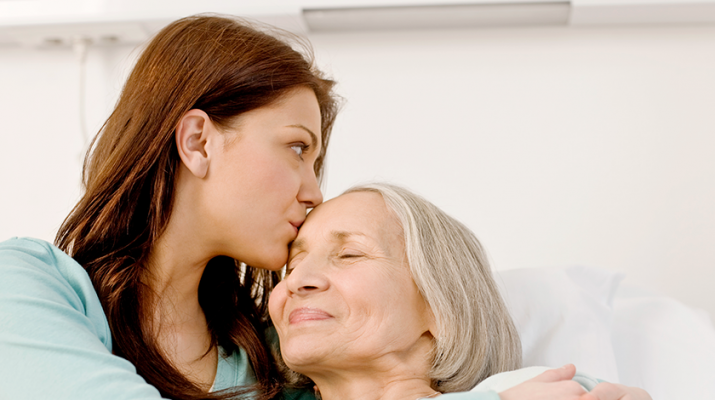Women — mostly married and employed — make up 66 percent of all those involved with informal caregiving
By Deborah Jeanne Sergeant
About 3 million caregivers provide a total of more than 2.6 billion hours of care to loved ones annually, an economic value of $32 billion, according to the New York Office for the Aging. The Family Care Alliance, a nonprofit based in San Francisco, states that an estimated 66 percent of caregivers are women.
The reasons behind the trend of women caregivers is manifold. Women tend to live longer than men. If it’s one spouse caring for another, it’s usually a wife caring for a husband. Family dynamics also trend toward women caregivers as many women shift from serving as the primary caregiver of the family’s young children to the caregiver of the older adults.
The average woman caregiver is married and employed. Dubbed the “Sandwich Generation.” women in this situation often feel stressed by the demands on their time, caring for their elderly relative — usually a parent or in-law — and their own children, plus work.
Ironically, many dedicated caregivers who spread themselves too thin out of desire to provide optimal care end up in an emotional and physical state where they cannot provide the best care possible.
Many caregivers provide about 20 hours of care weekly, equivalent to a part-time job, in addition to their actual jobs. A growing number of women care for more than one elderly relative, as people who have divorced and remarried may have numerous connections with older adults for whom they feel responsible.
Lauren Ashburn, director of respite services at the Alzheimer’s Association of Western New York, said many experience guilt and stress and don’t realize how much stress they bear.
“It’s a step to recognize how stressed you are,” Ashburn said. “They don’t realize it until they realize they’re sick, angry all the time and tired. Their friendships are falling apart because they don’t have time for them anymore.”
She added that many have a hard time asking for help from friends and relatives and are unaware of what community-based resources are available to them.
“Women caregivers tend to take on everything by themselves,” Ashburn said. “We like to think we can manage everything and the same goes for care giving. It’s hard to reach out for extra help, but it’s so beneficial.
“It helps them recharge and refresh. Many times they don’t get to do things for themselves anymore. Plus, it allows the person to remain in their home longer. The better the caregiver can care for themselves, the better they can care for their loved ones.”
In general, caregivers are encouraged to get help sooner than what they think they’ll need it, whether informally through friends and other family members, volunteer organizations or paid staff.
Perhaps a family friend could take over driving duties to one or two appointments a month or sit with the person receiving care for a few hours.
In-home respite can provide a companion who performs light housekeeping if the care recipient lives alone.
In addition to giving the caregiver a break, “having another set of eyes can be helpful sometimes,” said Cindy Steltz, director of education and caregiver services for Lifespan in Rochester. “An outside caregiver or helper may notice things that are more subtle that someone won’t pick up on if they’re there 24-7.”
She encourages caregivers to hold a family meeting to help decide who can do what to support the older person’s aging in place. An objective their party may help keep the conversation on track and suggest helpful solutions in a way that family members cannot since there’s no emotional motivation involved.
For more care giver resources, visit https://aging.ny.gov/Caregivers/Index.cfm or contact New York Connects at www.nyconnects.ny.gov, 1-800-342-9871 or the Alzheimer’s Association’s 24-hour number, 1-800-272-3900 24-7.

